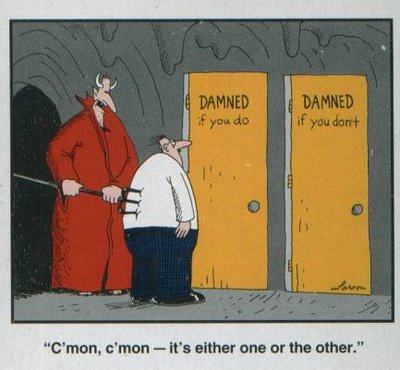Last week, I was fortunate enough to get a walk-through of the Sponsored Tweets offering that is in beta with Twitter. It has obvious value for brands and is a sure money-maker for Twitter who is already making smart moves in monetizing their corner of the social web.
Dick Costolo explained the system’s impressive method for determining and managing relevancy of a sponsored tweet in matching it to viewers. Adding relevancy factors to Twitter will not only make it much more attractive for me as a brand but also more intuitive and meaningful as a user. This also opens up the possibility of Twitter embedding features for curating into their service.
I am a big believer in the concept of curating (which I’ll explain in more detail in a later post) as being a key part of the future of online influence because a curator can fill a role across the social web that will be needed as social graphs become more relevant/widespread and the overall sources of content continue to grow, fragment and specialize.
To play Karnak for a moment, as everyone’s streams of news and social content grow to become torrential rivers, managing them will become exceedingly difficult. Additionally, as bloggers and their readers develop longer term relationships it will become less important to keep up with their blogs and twitter feeds on a day to day basis to stay connected. That is where curators come in. They will act as the much needed funnels between the river and the reader.
This is not really revolutionary thinking here. Guy Kawasaki’s AllTop is already doing this in a certain way by aggregating top news and blogs around specific sources into customizable pages. My guy Len Kendall does this with great effect as well using his Twitter feed as one of the best sources of trends, info, random facts and fun oddities.
Which leads to the idea I’m calling the “Magic Middle.” Think of the social news cycle in three parts. Twitter is what is happening now. It is so instantaneous in nature that six to twelve hour-old tweets are about as useful as day-old bubbles. On the other end you have Google. The Internet’s elephant that never forgets. Between instant and permanent lies that Magic Middle. Part of the reason I consider it magic is that it is very rapid, but is built with the expectation of time for influencers, curators and other thoughtful folks to review, analyze and build upon the ideas in that river.
In this Magic Middle, you will be able to both combine and divide sources of information from your social graph. For example, several bloggers that I follow for social media and tech info are also fans of craft beer. How cool would it be to have a curated stream setup of “craft beer reviews and info from tech folks”? This would draw in relevant blog posts, digg’ed articles, tweets, Facebook likes, posterous comments and online reviews from across the web into a single stream. Many people feeding many sources funneled and refined into one manageable stream. That stream would also have buttons to rewind, fast forward and play.
Who will own this space? Only time will tell. Alltop certainly has a foothold there already. Digg also has track record and scalable audience that help dominate. In the meantime, I can’t wait to play in this middle ground.

 A well-structured contest — wisely integrated in social media, encouraging participation of groups, and easily enabling the sharing and including of the social graph of participants — will bring consumers into your brand experience. Savvy marketers can leverage contests to increase both short- and long-term return.
A well-structured contest — wisely integrated in social media, encouraging participation of groups, and easily enabling the sharing and including of the social graph of participants — will bring consumers into your brand experience. Savvy marketers can leverage contests to increase both short- and long-term return. Recently, I was offered a box of #
Recently, I was offered a box of #


 So is there room for a third idea here on influence? One that lands squarely in the great gray area in between these two polar opposites. After all, how can a complex human condition such as influence be explained in such a black and white perspective? How can math or even Chaos and Complexity Theory, for all its power, truly understand a highly evolved and mostly subconscious powerful emotional layer such as how we influence each other?
So is there room for a third idea here on influence? One that lands squarely in the great gray area in between these two polar opposites. After all, how can a complex human condition such as influence be explained in such a black and white perspective? How can math or even Chaos and Complexity Theory, for all its power, truly understand a highly evolved and mostly subconscious powerful emotional layer such as how we influence each other?